Just because a horror movie's solid—or even outright great—doesn't mean critics or audiences of the time will appreciate it. Speaking of time, that's what it takes for these initially dismissed movies to gain the audience they deserve.
The following examples have found that audience, and each of its fans has been grateful ever since. They're not all high art, but even the horror bashers out there would argue that some of them come very close. From Friday the 13th companion pieces to John Carpenter classics, these are the horror films from the '80s that flopped hard in theaters. And yet, not every flop is a dud. All box office specifics provided by Box Office Mojo.
10 The Burning (1981)
Released in the wake of Sean S. Cunningham's massively successful Friday the 13th (which was itself released in the wake of Halloween), The Burning was unfortunately not met with the same glowing financial reception. Instead, very few even saw it.
The film hit theaters on a respectably small $1.5 million budget, yet it couldn't even net half that from domestic venues. So, the tale of Cropsy (which was the debut of Fisher Stevens, Fast Times at Ridgemont High's Brian Backer, Seinfeld's Jason Alexander, and Holly Hunter) was forced to find its audience over time. Thankfully, it has.
9 Possession (1981)
With a pair of commanding lead performances from The Tenant's Isabelle Adjani and Jurassic Park's Sam Neill, Possession is about as close as a movie can get to a well-acted nightmare. And, considering it was written in the middle of a divorce, Possession represents a very real nightmare.
Like American Psycho, it has a loose grip on what's real and what is not, resulting in a movie that requires more than one viewing. Yet fans of the film certain didn't do so while it was on U.S. screens, where it netted $1.1 million on a budget of $2.4 million. But, then again, the cut that hit American screens had the entire crumbling marriage thread excised, diminishing the narrative's impact considerably.
8 The Thing (1982)
John Carpenter has directed at least two legitimate masterpieces throughout his career: Halloween and The Thing. Halloween was a massive hit that not only kicked off a franchise but even managed to popularize an entire subgenre (the slasher). The Thing, however, hit theaters only to be met by ambivalence from ticket buyers and outright contempt from critics.
Of course, as time has progressed, both parties have changed their tunes considerably. It's just surprising that the critical reaction to Carpenter's Cold War-esque sci-fi chiller was ever as cold as the film's Arctic setting. What isn't surprising in hindsight is the financial performance. The Thing had to contend not only with a little alien movie called E.T. the Extra-Terrestrial (in its third weekend, where it performed better than it did in its second), but the debut weekend of Ridley Scott's Blade Runner, as well. Now, Blade Runner was far from a smash hit, which makes its debut (nearly twice that of The Thing) all the more telling about just how few people went to see Carpenter's classic.
7 Halloween III: Season of the Witch (1982)
Reviled at the time for not featuring Michael Myers, Halloween III: Season of the Witch has nonetheless gone on to become something of a minor horror classic. It deserves that reputation, too, with Tommy Lee Wallace's behind-the-camera work matched only by the eerie as can be soundtrack and terrific on-screen work from Stacey Nelkin, RoboCop's Dan O'Herlihy, and horror legend Tom Atkins (in his best role save for perhaps Night of the Creeps).
There are several scenes in Season of the Witch that are not only as scary as Myers' most horrifying moments, but arguably even more so. There's the hotel scene, where one of Silver Shamrock's loyal customers has a microchipped mask blast a hole in her face. Or the locked-in test room scene, where a few more loyal (and extra chipper, at first) customers watch television only to have the youngest of the family consumed by his own mask, replaced only with snakes and creepy crawlies. But, mostly, there's the ending, with Atkins screaming into a phone in vain as children across the world suffer the same fate as the test room kid. It's a brilliant gut punch of a nihilistic ending, and it's unforgettable. Did Halloween III: Season of the Witch lose Universal Pictures money? No. But, its $14.4 million haul was certainly a heck of a lot less than Halloween's $70 million or even Halloween II's $25.5 million.
6 Lifeforce (1985)
The first of two underrated box office bombs The Texas Chain Saw Massacre director Tobe Hooper released in just as many years, Lifeforce has nonetheless found an audience for its inventive narrative and disgusting visuals. It even has an early Patrick Stewart performance working for it, and if that doesn't reek of eventual gained fandom, nothing does.
The film is based on 1976's novel The Space Vampires, by Colin Wilson, and the novel's title is about as concise a summation of the narrative as there can be. It's a science-fiction film and a horror film in equal measure, so with a shockingly high budget (for 1985) of $25 million, it was perhaps never a work that would find as wide an audience as Hooper's 1982 Poltergeist.
5 Invaders from Mars (1986)
Like Tobe Hooper's Lifeforce from the previous year, his Invaders from Mars was ambitious if ultimately misguided to an extent. It was also powered by a fun script from Alien writer and The Return of the Living Dead writer/director Dan O'Bannon.
But it flopped, though not to the extent of Lifeforce, which netted just over $11 million on a budget over twice that. The ratio was a little better for the $7 million Invaders from Mars (impressive, given some of the practical effects towards the tail end of the film), but it only grossed $4.9 million.
4 Near Dark (1987)
Kathryn Bigelow's directorial debut, Near Dark, shares several cast members with the prior year's Aliens, directed by James Cameron, her husband from 1989 to 1991. Like Aliens, it received positive reviews but, unlike Aliens, it was a flop with just $3.4 million on a budget of $5 million.
Which is a shame, because Bigelow's vampire film is an eerie near-masterpiece with a typically sublime soundtrack by Tangerine Dream. Even if the movie itself hadn't been so well shot and paced, it would stand as a favorite for Aliens fans given its reassembly of Lance Henriksen, Jenette Goldstein, and Bill Paxton. They star as members of a drifting vampiric family, and Paxton's fearsome Severen is a particular highlight, with a barroom scene that stands as one of the best of the late actor's career.
3 The Blob (1988)
One of the best horror remakes ever made, Chuck Russell's The Blob is a film with a phenomenal first two acts and an entertaining enough third. Yet, regardless of its sterling quality and ability to genuinely surprise the audience, Russell's film absolutely tanked.
Writer/director Russell and co-writer Frank Darabont (The Shawshank Redemption, The Walking Dead) clearly understood the pacing and small town vibes that made '50s creature features like the Steven McQueen starring The Blob work so well. But it goes many steps forward, ultimately carrying a legitimate "No one is safe" air of tension. Yet, even with a wide release, the film couldn't match its $10 million budget.
2 Pumpkinhead (1988)
Legendary make-up effects master Stan Winston, of Aliens, Predator, Jurassic Park, and The Terminator fame, directed two movies throughout his impressive career. The first was Pumpkinhead, and the inventiveness on display should have led to bigger and better subsequent directorial projects than A Gnome Named Gnorm.
A tale of a witch-summoned demon with a penchant for revenge, the film is buoyed heavily by eerie ambiance, a wonderful lead performance from Lance Henriksen, and, of course, terrific practical effects from the man himself. But, with a limited release, the film didn't have the potential to reach a wide enough audience to far surpass its $3.5 million budget. Instead, it only outgrossed it by a negligible margin, but it did so in an interesting way. Specifically, the film was re-released three months after its initial run, adding about $1 million to what would ultimately top out at a $4.4 million tally.
1 Leviathan (1989)
There are homages and there are rip-offs. Leviathan is the latter, and it's copying of Ridley Scott's Alien is utterly shameless. It follows that classic's narrative to the letter, just with an aquatic setting instead of a space-set one.
And, whereas Alien featured a group of likable performers playing roles that felt truly real (making it all the harder to watch characters like Harry Dean Stanton's Brett and Veronica Cartwright's Lambert die), Leviathan has a group of likable performers playing characters of either the cardboard or intolerable variety. Released a full decade after Scott's film—which netted almost $185 million on a price tag of just $11 million—Leviathan scored just $19 million on a budget of $21 million. Suffice it to say the movie's failure was deserved.
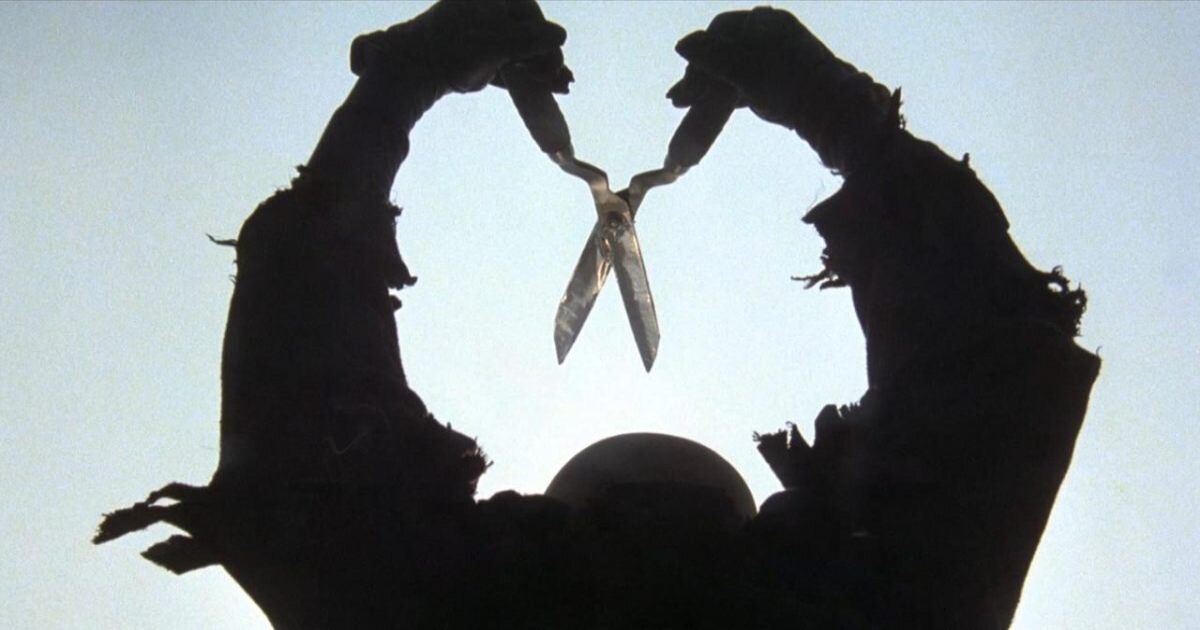
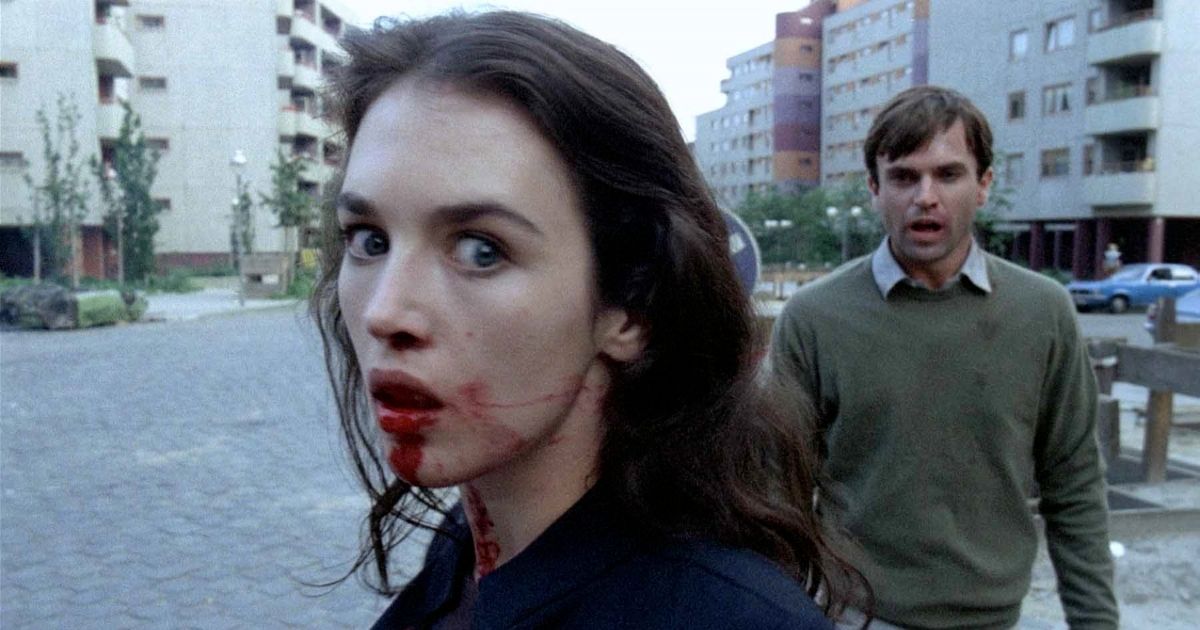

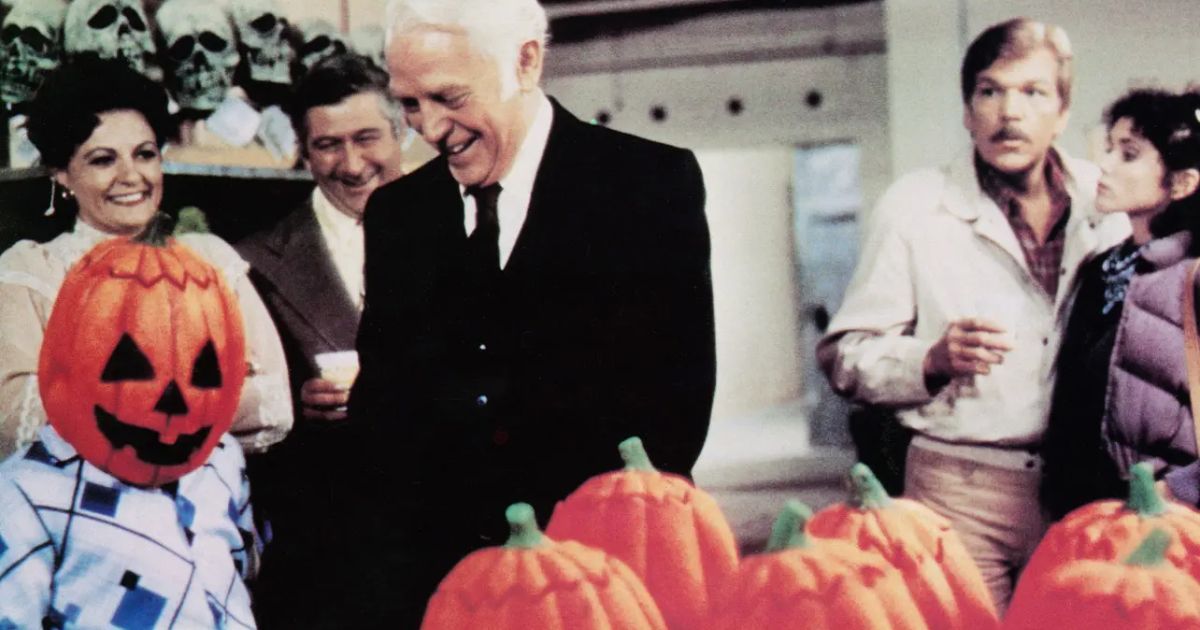
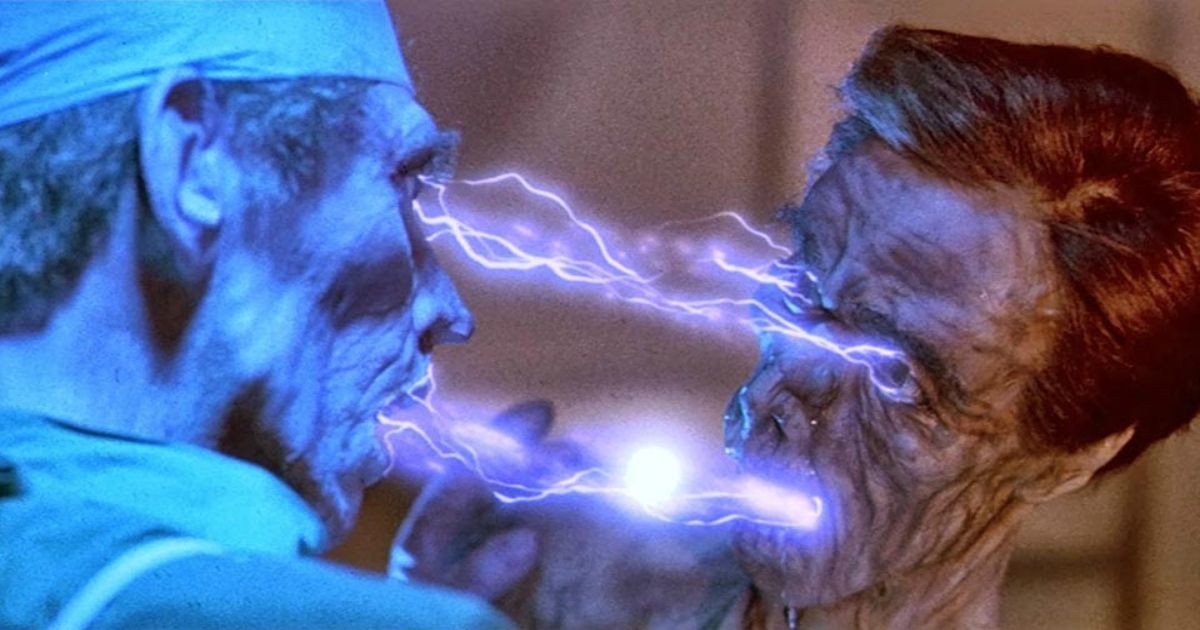
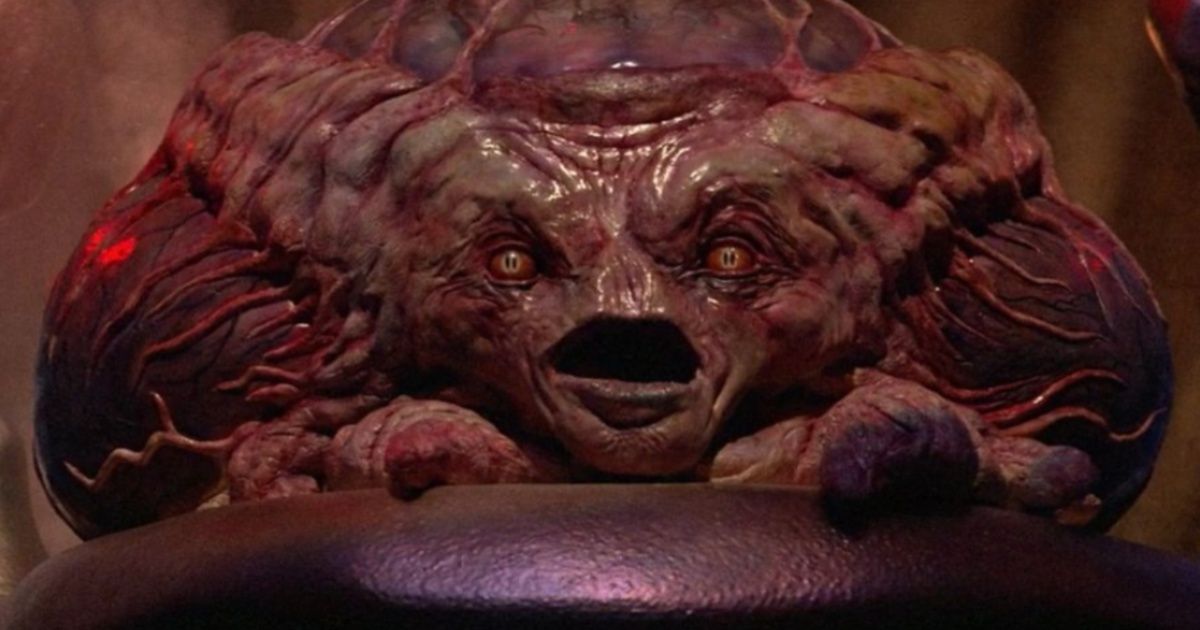
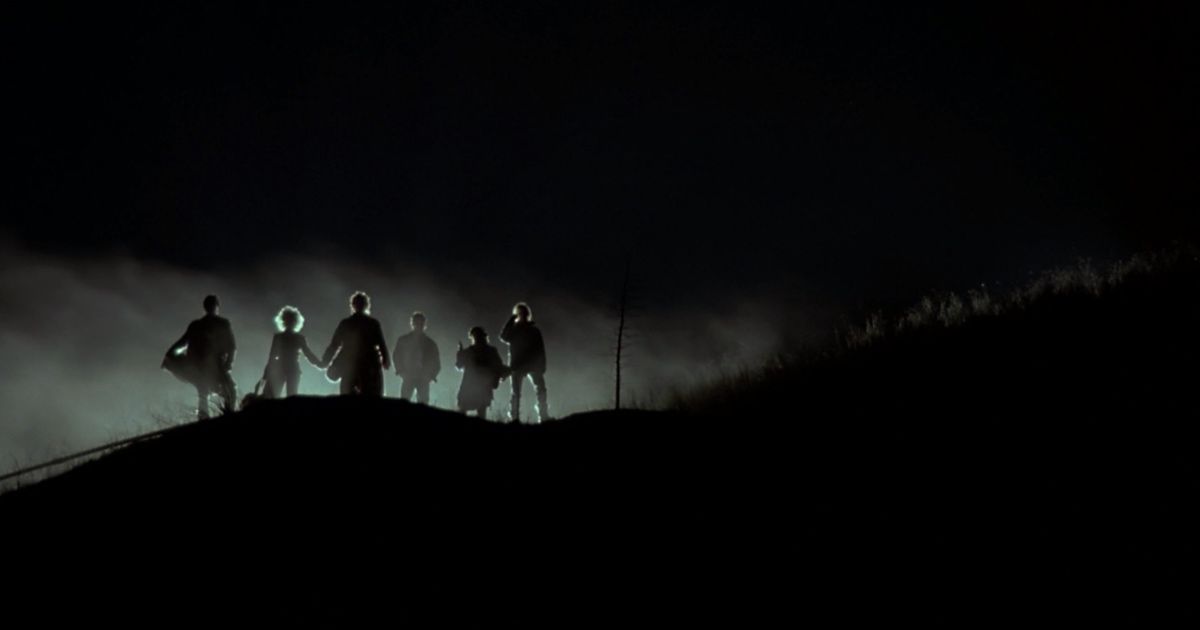
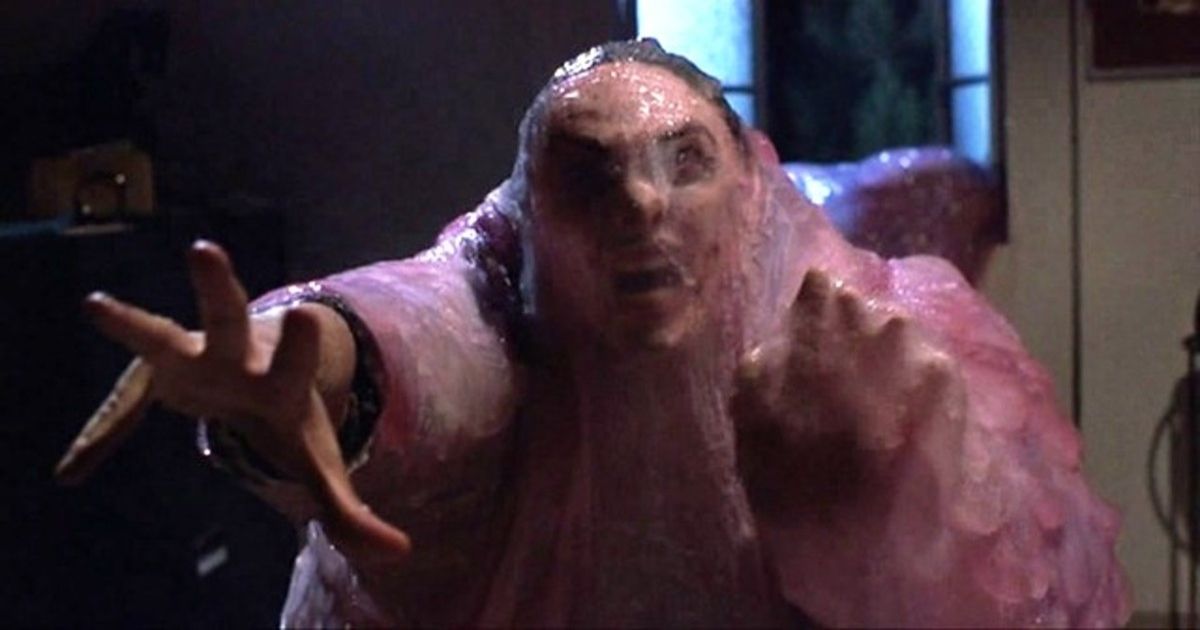
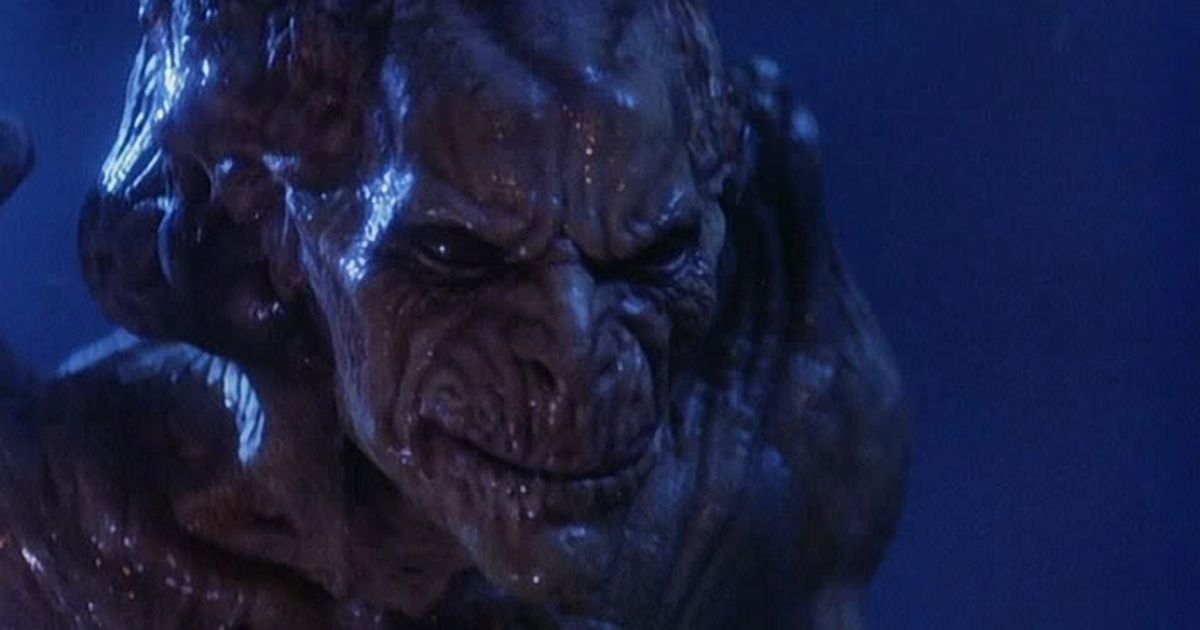

Comments
Post a Comment